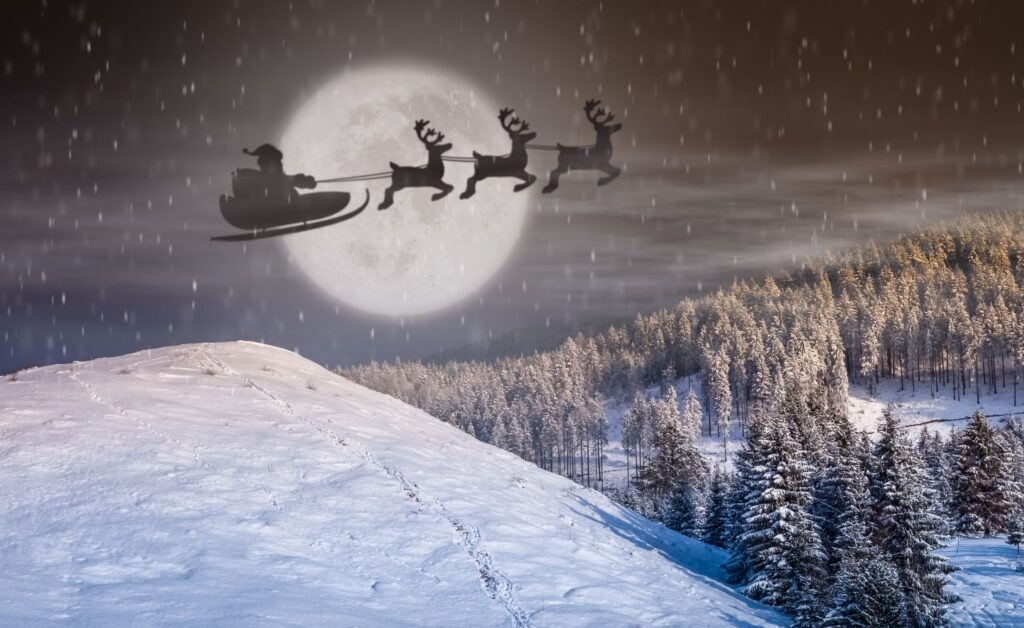
The iconic image of a White Christmas has enchanted generations, fueling traditions and stories in cultures around the world.
However, the rise in global temperatures due to climate change is reshaping winters, making the snowy landscapes that once dominated the month of December increasingly rare.
Beyond the aesthetic loss, these climatic transformations have profound implications for the environment, ecosystems, and cultural tradition.
Climate Change and Global Temperatures
According to NASA, the average global temperature has increased by about 2°F since the late 19th century, with significant growth in the last 40 years.
This global warming is shortening and mitigating winters, which were once characterized by intense and prolonged snowfalls.
The effects of this change are particularly visible in the global snow cover, a key indicator of the state of winter ecosystems.
The snow cover primarily depends on the combination of precipitation and air temperatures. These factors determine not only whether precipitation falls as snow or rain but also the rate at which snow melts.
With rising temperatures, many areas that once saw snowy landscapes during the holidays now face a milder and rainier climate.
Snow as a Climate Regulator
Snow, besides being a consequence of winter weather, plays a crucial role in climate regulation. Thanks to its ability to reflect 80-90% of sunlight, snow cover helps cool the planet. In contrast, darker surfaces like soil or water absorb more energy, accelerating global warming.
The decrease in snow in many regions is thus amplifying the impact of global warming, creating a vicious cycle of warming and accelerated melting.
Worrying Data from the Global Snow and Ice Report
The Global Snow and Ice Report of November 2024 highlighted a significant decrease in snow cover in the Northern Hemisphere.
With an extent of 13.25 million square miles, the cover was 280,000 square miles below the 1991-2020 average, ranking as the 28th lowest extent in the last 59 years. This is the first November since 2013 where snow cover was below average.
Significant Regional DecreasesNorth America and Greenland:
Snow extent reached 5.18 million square miles, with a deficit of 170,000 square miles compared to the average. Particularly affected were regions of southeastern Canada and the central states of the USA.
Eurasia: Snow cover was 8.07 million square miles, with a loss of 110,000 square miles. The most affected areas include Central Europe, southwestern Russia, and parts of China.
Despite local anomalies with above-average snowfalls in regions like Alaska, western Canada, and Turkey, these were not enough to balance the overall trend of decreasing snow. The Impact on Holidays and Ecosystems
Regions traditionally snowy during the holidays, such as parts of North America and Europe, are experiencing increasingly warm and snowless Decembers.
This change has direct implications not only for natural ecosystems but also for the economy related to winter tourism and cultural celebrations. The risk of losing the experience of a White Christmas deeply affects the collective imagination, turning once-common snowy landscapes into a distant memory.
The Need for Immediate Action The loss of snow cover is not just a sign of climate change but a wake-up call on the urgency to mitigate its effects. Current trends highlight the importance of taking concrete measures to reduce global emissions and slow warming.
Every major snowfall that becomes increasingly rare is a reminder of the fragility of natural balances and the need to preserve the landscapes that define our planet.




